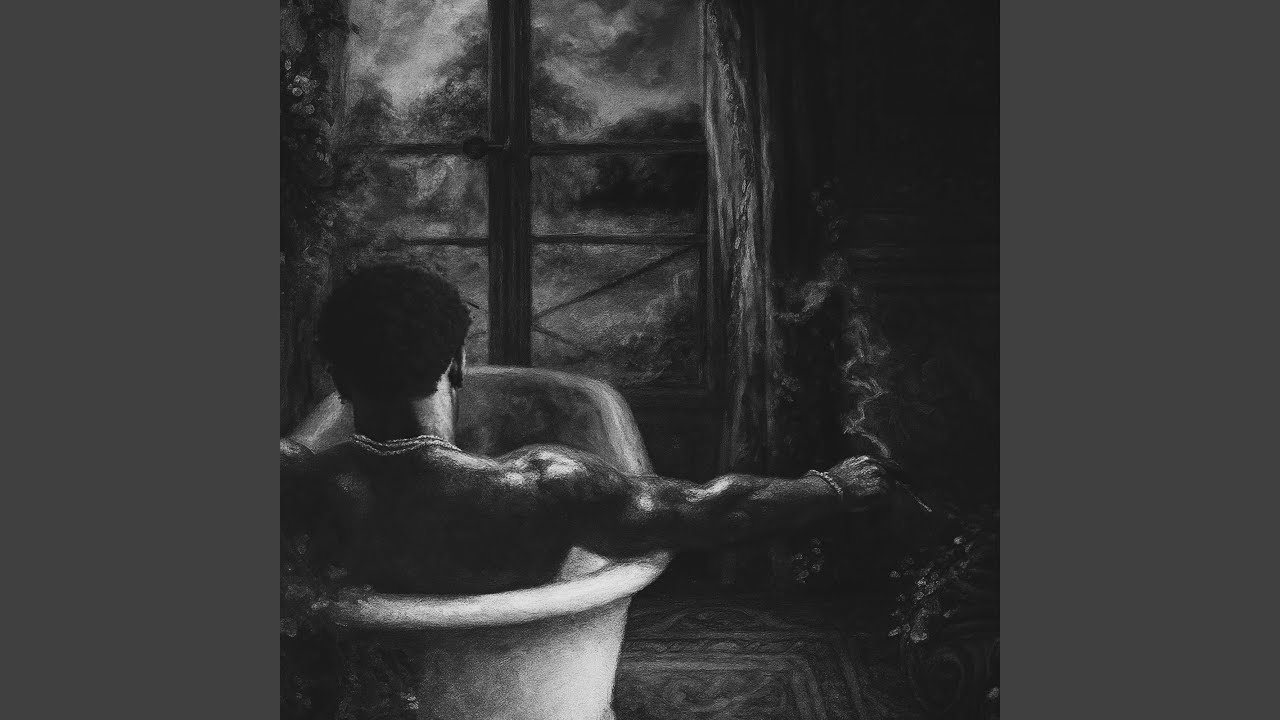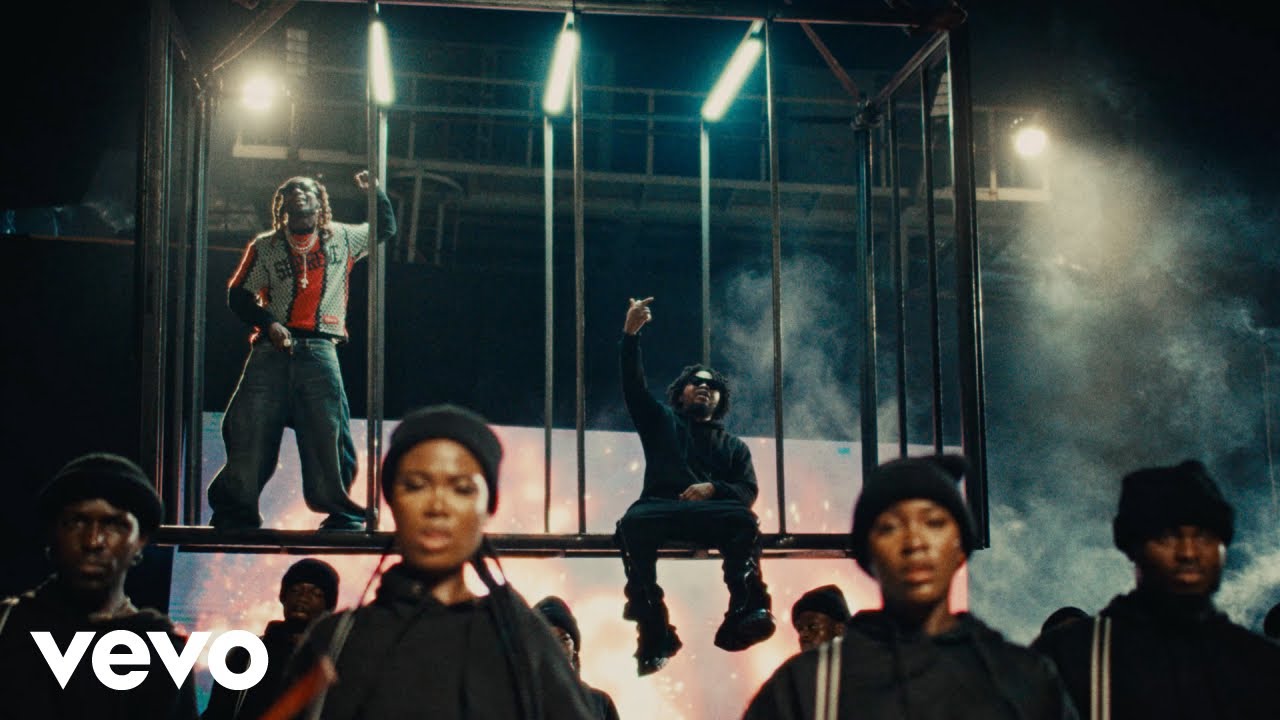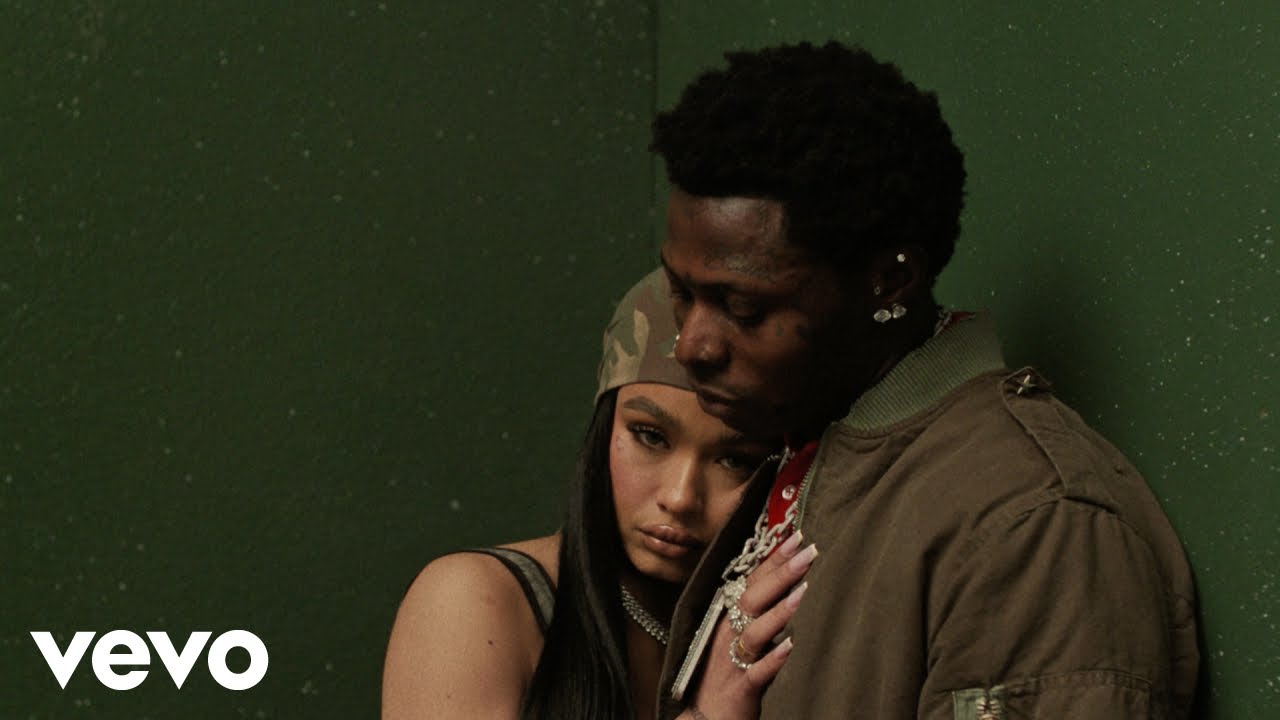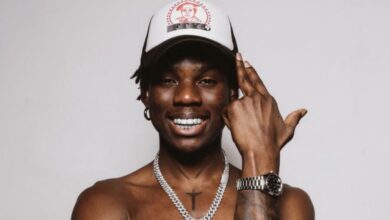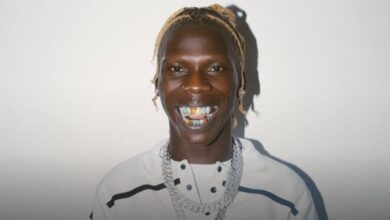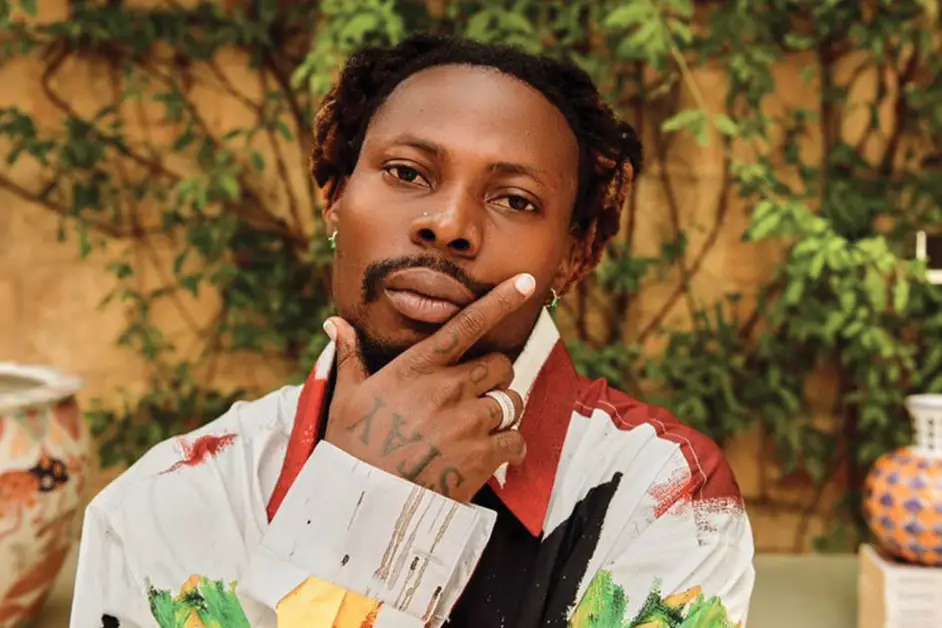
Ahmed Ololade—professionally known as Asake—rose from Lagos’s grassroots street-pop circuit to become one of Afrobeats’ most imitated stylists in just three breakneck years. His origin story is studded with detail that explains the craft: a Theatre & Dramatic Arts education at Obafemi Awolowo University (OAU) that sharpened his stage instincts; early singles that hinted at a fuji-informed, chant-heavy delivery; and a 2022 signing to Olamide’s YBNL that swung the industry’s door wide open. Public directories and artist bios consistently place his birth in Lagos on January 13, 1995, and document the OAU training that colors the choreographic energy and blocking in his videos and arena shows.
Breakout velocity: YBNL, EMPIRE and a record-smashing debut
Asake’s 2022 debut album, Mr. Money With The Vibe, didn’t just arrive—it erupted. Apple Music logs its release date as September 8, 2022; within days, the project broke platform records for an African album’s first-day and first three-day streams, and it debuted at No. 66 on the Billboard 200—then the highest position for a Nigerian debut album. Multiple trade write-ups and the album’s Wikipedia dossier consolidate those feats, adding that all 12 tracks briefly occupied the top 12 slots on Apple Music Nigeria, an unprecedented local sweep. The body of work, largely produced by Magicsticks, hardened Asake’s signature grammar: fuji and call-and-response choirs riding on amapiano low end, with blitzed chant hooks that land like soccer chants.
Artistry: fuji DNA, choir stacks and amapiano low-end
Critics have been unusually aligned about what Asake sounds like and why it works. Pitchfork’s Work of Art review underscored his grafting of fújì cadences and choral harmonies onto contemporary Afrobeats frameworks; The Guardian called that LP “a melange of fuji, dancehall, deep house,” capturing how these influences braid together rather than collide. Profiles and think-pieces have repeatedly pointed to the role of producer Magicsticks in sculpting the log-drum ballast and glassy high-end that make those choirs bloom in big rooms. If you trace the line back to Lagos street-pop, you can hear why the music travels: it’s extrovert, hooky, and architected for group sing-backs.
Albums and the insane 24-month run: from Work of Art to Lungu Boy
Less than a year after the debut, Asake returned with Work of Art (June 16, 2023), which also debuted at No. 66 on the Billboard 200—an eyebrow-raising coincidence that telegraphed just how efficient his global funnel had become. Reviews praised the compositional confidence and the seamlessness of his choir-stacked hooks over piano-house pulses. The album housed “Lonely At The Top,” which would go on to become the joint longest No. 1 in TurnTable’s all-format Nigerian chart history and the longest-running radio No. 1 at the time.
In August 2024 Asake released his third studio album, Lungu Boy, pairing arena-sized ambition with a diasporic guest list (Wizkid, Stormzy, Travis Scott, Central Cee, Ludmilla). Pitchfork highlighted the record’s “neo-fújì” instincts and a closing track, “Fuji Vibe,” that distilled his hybrid into a thesis statement; The Guardian heard a confident star “tripping across the Black diaspora” even if the set felt less airtight than the previous LP. Apple Music and Wikipedia pages confirm the August 9, 2024 street date and track details.
Singles, collaborators and the 2025 pivot: Giran Republic, gamma and “Badman Gangsta”
Asake’s post-album cadence has been just as strategic. He opened 2024 with “Only Me,” followed with crossover moments like “Wave” with Central Cee and “Active” with Travis Scott (both folded into the Lungu Boy era), then entered 2025 with “Why Love,” released under his own Giran Republic imprint. In late July 2025 he returned with “Badman Gangsta,” a French-Nigerian link-up with Tiakola. TurnTable’s reporting—quoting gamma Africa’s label operations head—confirms the single arrived via a new distribution arrangement between Giran Republic and gamma. It became a national smash in August 2025, logging a second straight week at No. 1 on the Official Nigeria Top 100 with 2.67 million on-demand streams and 77.5 million in radio reach, while also spiking across Shazam’s Nigeria and Lagos city charts.
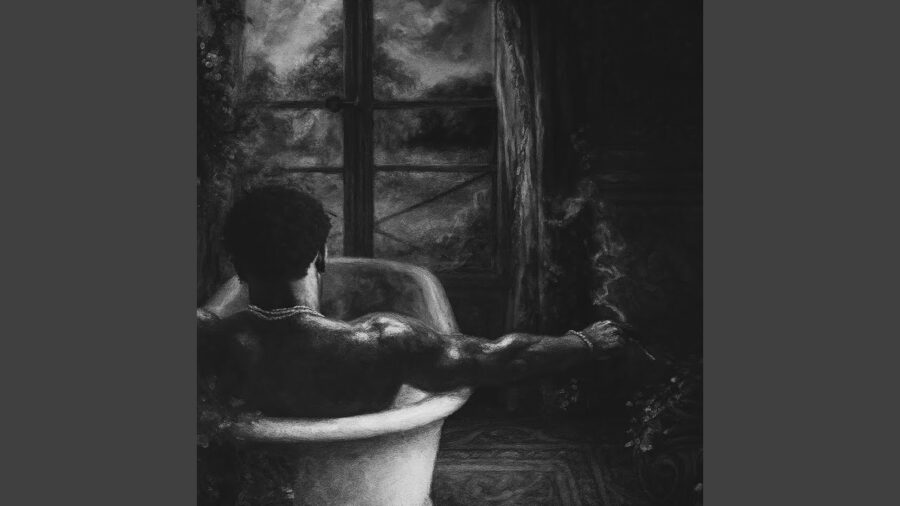
Tours, arenas and festival optics: from O2 helicopter to 2024–25 routing
Asake’s live story is central to his myth-making. He sold out London’s 20,000-cap O2 Arena in August 2023 and literally flew in by helicopter—an entrance widely chronicled by UK press. In the United States he booked a 2024 arena swing that included Lungu Boy World Tour dates at Madison Square Garden (NYC) and YouTube Theater (Inglewood/LA), with calendar listings and box-office chatter corroborated by venue and local media. By 2025 he’s remained active on the festival grid and one-off bills (Songkick still lists late-summer appearances). The live thrust isn’t just optics: the choir-stacked toplines and log-drum basslines scale perfectly to PA systems, and the crowd mics on official videos do half the storytelling of how these songs live beyond the stream.
The numbers today: monthly listeners, charts and discovery loops
For all the stagecraft, Asake is just as formidable in the data. His Spotify artist profile shows roughly 8.2 million monthly listeners as of late August 2025, with ChartMasters pegging his followers at ~6.7 million and tracking 2.3 billion lead streams—numbers that place him in Afrobeats’ first tier. Zooming into Nigeria’s daily Spotify charts offers a microscope view: across mid-August 2025, “BADMAN GANGSTA” sat top-five with 1.02 million 7-day streams in the country, and TurnTable’s multi-metric singles list has him at No. 1 nationally in August. Shazam’s live city charts (Lagos, Benin City) show the single bubbling in the local top 10–15 ranks, which is exactly what you’d expect when an artist’s new record becomes a weekend staple.
What makes an Asake record feel like Asake?
Critics have tried to reverse-engineer the recipe, and several consensus pillars keep showing up. First is the fuji chassis—percussion and vocal phrasing borrowed from Nigeria’s most elastic street form—then the gospel-choir lift of stacked harmonies, a Magicsticks-built bed of rubbery log-drum bass, and earworm hooks designed for stadium-scale chants. The Guardian and Pitchfork both underline the fusion, while The Native’s review of Work of Art calls out the log-drum propulsion explicitly. On stage, this translates as: long, communal hooks; drums that move as much air as they do bodies; and call-and-response passages that need no translation.
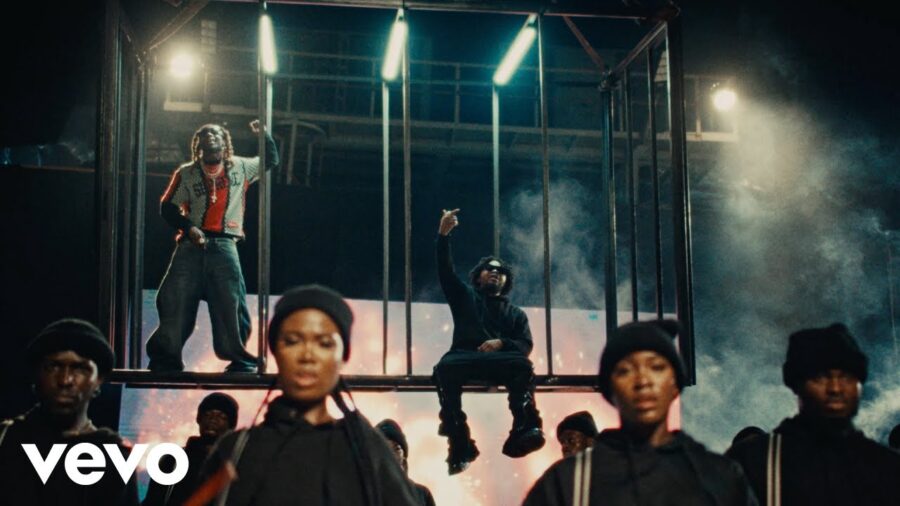
Collaborations and cross-scene credibility
Beyond Central Cee and Travis Scott, Asake’s last two cycles placed him alongside Wizkid (“MMS”), Sarz & Gunna (“Happiness”), and Olamide (“Amapiano”), the latter scoring a 2024 Grammy nomination in the Recording Academy’s inaugural Best African Music Performance category (the award went to Tyla’s “Water”). Those choices matter strategically: they push him into UK rap, U.S. hip-hop and SA-adjacent amapiano conversations without diluting his palette. The “Amapiano” video and write-ups log the nomination; Apple’s album pages and label listings confirm the rest.
Business moves: from YBNL/EMPIRE to Giran Republic and gamma
After three years of distributing via EMPIRE in tandem with YBNL, Asake shifted to his own Giran Republic imprint in early 2025. In August 2025, TurnTable ran a feature noting that “Badman Gangsta” was distributed by gamma under a new arrangement with Giran Republic; the piece includes an on-record confirmation from gamma Africa’s Head of Label & Operations. Movements like this are meaningful because they close the loop between an artist’s brand, touring footprint and catalog leverage—especially for a star whose merch aesthetic, video direction and stage design already cohere into a stylish world-building exercise.
Cultural impact: Lagos slang to arena lingua franca
Asake’s wave made some listeners re-evaluate what “Afrobeats” even means in 2023–25. Reviewers noted the fuji-gospel-meets-amapiano formula; playlists codified it; then a generation of pop and street-pop artists reached for echoing choirs, talking drum accents and log-drum undercarriage. The Guardian’s Lungu Boy review points to a star “tripping across the diaspora,” which is also how the audience looks on any given night: Nigerian expats next to Gen-Z rap heads, amapiano fans next to casual radio listeners who first met him via “Lonely At The Top.” Apple Music’s year-end Nigeria recaps keep placing his songs among the country’s most played, and TurnTable’s 2023 breakdown cemented the radio dominance of that single. In pure pop terms, Asake remapped the center.
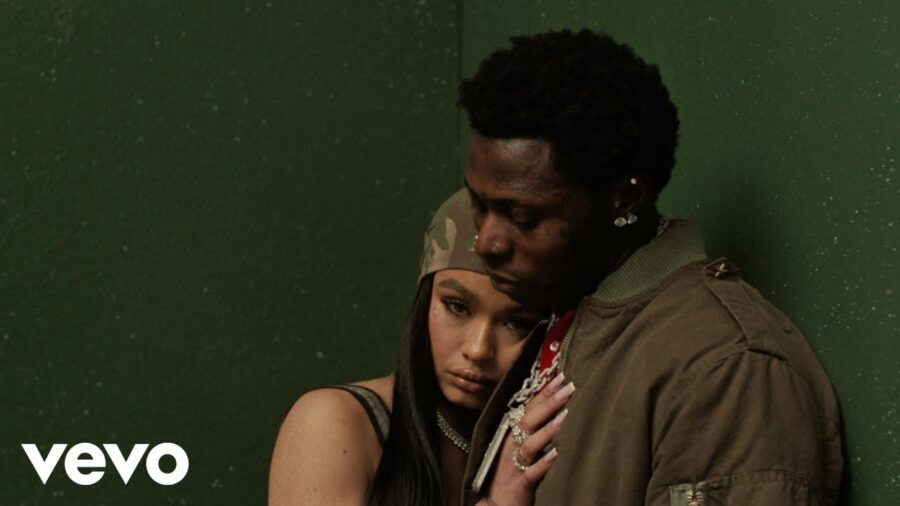
How to dive in: a starter kit
Begin with the three pillars—Mr. Money With The Vibe, Work of Art, and Lungu Boy—in that order, then bounce to the tent-pole videos to feel the scale. Apple Music and Wikipedia nail the release dates; YouTube watch pages deliver the crowd roar. Check “Amapiano” (Asake & Olamide) for the pop-amapiano handshake, “Lonely At The Top” for a ballad that still knocks on big speakers, and “Wave” with Central Cee for the UK link-up. Round out with the 2025 run—“Why Love” and “Badman Gangsta”—to hear the Giran Republic era beginning to harden its edges.
Where Asake stands on August 24, 2025
On the numbers: roughly 8.2 million monthly listeners on Spotify, multi-week national No. 1s in Nigeria in August, consistent Shazam lift across Lagos and other Nigerian cities, and millions of cross-platform views pouring into his most recent uploads and collaborations. On live: a 2024 arena pass that put his choir-stacked hooks inside the world’s most famous rooms, building momentum into fresh 2025 bookings. On aesthetics: a sound that still feels like Lagos—fuji cadences, church-choir grandeur, amapiano pressure—but now packaged with global pace and pop instinct. On business: a label/control play that suggests the next era is about scale on his own terms. If you’re mapping Afrobeats’ new center of gravity, it’s hard not to pin it somewhere between those choir stacks and a rumbling log-drum… and that’s Asake’s postcode.


